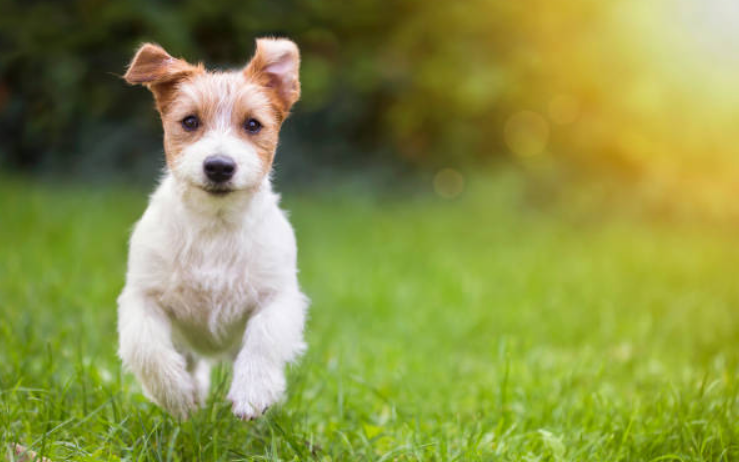6 Reasons Why We Love Small, Cute Things, According to Science
The feeling that something is cute can be hard to explain, especially from a scientific standpoint. While more than 1000 research studies have been conducted on emotions such as fear, fewer than 10 have focused on what we think is “cute”—despite the prevalence of cuteness in marketing, fashion, and design. One thing we do know: Cuteness is connected to size, and small things are far more likely to be considered cute (and squeezable) than large ones are. Here's what science has to say about why we're drawn to all things smol—whether they're puppies, kittens, babies, dollhouses, tiny foods, or figurines—and the effect they have on us.
1. We're drawn to cute things because we're nurturers by nature.
In 1943, Nobel laureate Konrad Lorenz, one of the founding fathers of ethology (animal behavior), proposed that features like a rounded head, small size, and big eyes—what are called neotenic, or baby-animal, characteristics—promote parental care. This nurturing response can serve to enhance offspring survival, and has been described as a fundamental function of human social cognition. Recent studies have extended the concept of cuteness to auditory and olfactory cues (baby laughter, or that new baby smell) that prompt affection and caregiving.
Interestingly, some research suggests that we don’t just think that small things are cute, but also that cute things are smaller than their actual size. For instance, mothers misperceive their youngest kids as much shorter than they are in reality, an illusion that may result in their allocating greater care and resources to the last-born child.
2. Small things make us act with care.
Cuteness motivates us to protect the object of our affection, turning us into focused, gentle caretakers. In a 2009 study, scientists reported that participants that viewed very cute images of puppies and kittens performed better in the children’s game Operation than participants that saw less-cute images of dogs and cats. Subsequent research, by Hiroshi Nittono and his colleagues at Hiroshima University in Japan, found that cuteness improves our performance at times when we need to be careful: Flimsy tiny furniture and other miniature collectibles may seem cute because we know that they could break unless we handle them delicately.
3. We like that cute things can't hurt us.
Cuteness in human infants has been linked to their helplessness. Small objects, by virtue of their size, tend to pose little danger. “One of the critical features that make a thing cute is the absence of feeling threatened. Small things are likely to meet this condition,” Nittono tells Mental Floss.
4. We love toys, no matter our age.
Cuteness extends to inanimate objects such as dolls and other toys. Teddy bears have changed over time to look cuter and more baby-like, and a similar anthropomorphic process has affected the "faces" of cars. Miniatures may look cute, in addition, because we connect them with toys and child play. Because young children are cute, their toys and other possessions may become cute by association.
Of course, big things can be cute as well, Nittono says, especially if they possess other baby-like characteristics: “You may find a big, human-sized teddy bear to be cute—sometimes cuter than a small one.”
5. Cute things let us be in control.
As Bustle reported, miniature dollhouses and buildings allow their owners to escape into scenarios that are vastly different from their everyday lives, and which they can command completely. “The famous psychologist Dr. Ruth,” writes JR Thorpe, “had a therapy dollhouse with which she helped children to work through serious issues.” The houses were also beneficial for the doctor herself, because they “represented a control that she, as a child refugee fleeing the Nazis, had lacked.”
6. Our brains are drawn to all the tiny details.
Miniatures are compact: They condense lots of intricate visuals within a very limited space. That richness of features makes them highly appealing to our senses. Research has shown that our gaze—and likely our touch too—is drawn to the regions of a scene or object that hold the most information. Part of our attraction to miniatures may be that they provide our sensory-seeking brains with highly concentrated dosages of tantalizing stimulation.








Post a Comment for "6 Reasons Why We Love Small, Cute Things, According to Science"